Billets are used as raw materials in a variety of industries, including the fabrication of metal bars, rods, and solid profiles. There are two types of billets: alloy and non-alloy. While both types are important in different applications, they have distinct properties and offer distinct advantages.
Join us as we discuss the potential of billet alloy and billet non-alloy, discovering their adaptability and revealing the industries where they have significant effects.
A billet alloy refers to a solid block or bar of metal that is made from an alloy, which is a mixture of two or more metallic elements or a combination of metallic elements and non-metallic elements. In the context of billet alloys, the term “billet” typically refers to a semi-finished product that is further processed to create various metal components or products.
Billet alloys are commonly used in industries such as automotive, aerospace, construction, and manufacturing, where high-strength and durable materials are required. The choice of alloy composition for billets depends on the desired properties and characteristics needed for specific applications.
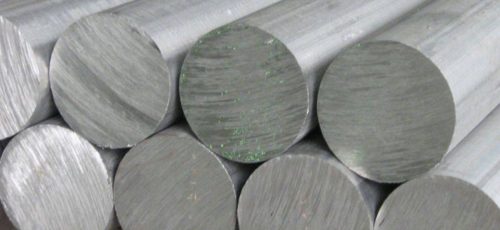
Billet alloys can be made from a wide range of metals, including aluminum, steel, copper, titanium, and magnesium, among others. By incorporating different elements into the alloy, manufacturers can achieve specific properties such as enhanced strength, improved corrosion resistance, better heat resistance, or increased machinability.
The production of billet alloys typically involves processes such as melting, casting, and solidification. Once the molten alloy is poured into molds and allowed to cool and solidify, it forms the shape of a billet, which is then further processed through techniques like forging, extrusion, or machining to create the final product.
Read more: What precisely is an iron ingot? The manufacturing of iron ingots
A billet non-alloy refers to a solid block or bar of metal that is made from a single metallic element without the addition of any alloying elements. Unlike billet alloys, which are composed of a mixture of two or more metallic elements, billet non-alloys consist of a pure metal.
The term “non-alloy” indicates that the billet is made from a single metal, such as pure iron (also known as “wrought iron”) or non-alloyed steel (often referred to as “carbon steel”). These metals do not contain intentionally added alloying elements like chromium, nickel, or manganese, which are commonly used to enhance specific properties in alloyed metals.
Billet non-alloys are used in various industries and applications where the desired properties of the base metal itself, without alloying additions, are sufficient for the intended purpose. For example, non-alloyed steel billets are commonly used as raw materials in the production of construction materials, such as reinforcing bars (rebars), wire rods, and structural components.
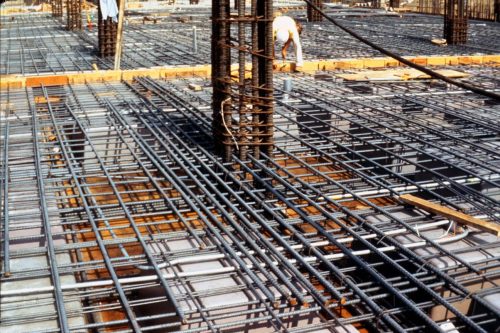
The production of billet non-alloys involves processes such as melting, casting, and solidification. The molten metal is poured into molds to solidify and form the shape of a billet. Subsequently, the billets can be further processed through techniques like rolling, forging, or extrusion to produce the final products.
It’s important to note that while billet non-alloys consist of a single metal, there may still be impurities present in the material, depending on the specific production process and the quality of the base metal used. These impurities can affect the properties and characteristics of the billet non-alloy to some extent.
Billet alloy and billet non-alloy are two types of materials with different properties due to the difference in their chemical composition. Here are some differences between alloy and non-alloy billets:
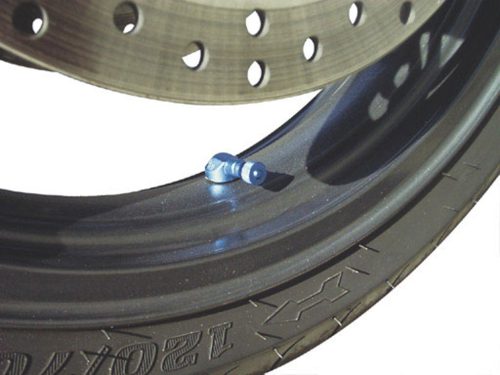
However, it should be noted that the specific properties of billet alloy and billet non-alloy may vary depending on the specific type of alloy or non-alloy. Determining the exact properties of each type of billet needs to be based on specific technical specifications and application requirements.
Read More: What exactly is steel bar billet? The procedure for manufacturing bar billet
By understanding the differences between alloy and non-alloy bar billets, we can gain insights into their respective strengths and explore the diverse applications where they excel. Whether it’s harnessing the enhanced mechanical properties of alloyed metals or leveraging the simplicity and cost-effectiveness of non-alloyed metals, this exploration aims to shed light on the distinct advantages and potential applications of both types of bar billets.
Similar to billet alloy, a bar billet of alloy refers to a solid block or bar of metal that is made from an alloy, which is a combination of two or more metallic elements or metallic elements with non-metallic elements. In the context of bar billets, the term “bar” indicates the shape of the billet, which is typically elongated with a rectangular or cylindrical cross-section.
Bar billets of alloy are commonly used as raw materials in the manufacturing of various metal bars, rods, and solid profiles. These billets are typically produced through processes such as melting, casting, and solidification, where the molten alloy is poured into molds and allowed to cool and solidify into the desired shape.
The specific alloy composition of bar billets can vary widely depending on the desired properties and characteristics needed for specific applications. Different alloying elements are incorporated into the metal to achieve desired properties such as increased strength, improved corrosion resistance, enhanced heat resistance, better machinability, or tailored electrical and thermal conductivity.
Common examples of bar billets of alloy include stainless steel billets, aluminum alloy billets, titanium alloy billets, and copper alloy billets, among others. Each alloy has its unique combination of elements and properties, making it suitable for specific industrial applications.
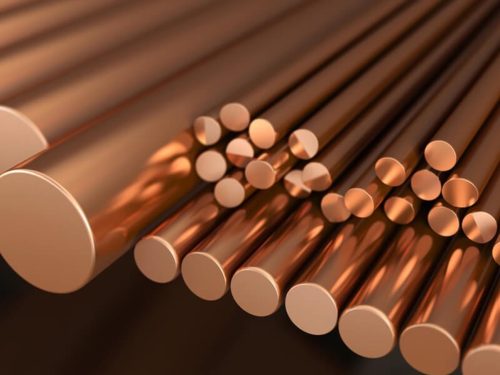
Once the bar billets of alloy are produced, they can undergo further processing steps such as hot rolling, cold drawing, or extrusion to create the final bars with the desired dimensions, surface finish, and mechanical properties.
Bar billets of alloy are widely used in industries such as aerospace, automotive, construction, and manufacturing, where high-performance materials are required. They serve as the starting point for the production of various metal bars and components that are utilized in structural applications, machinery, equipment, and other industrial uses.
The characteristics of a non-alloy bar billet are similar to those of a non-alloy billet. In summary, non-alloy bar billets are metal solid blocks or bars manufactured from a single metallic element with no intentional alloying additives. They are used as starting materials for the manufacturing of metal bars, providing simplicity and precise base metal qualities for a variety of industrial applications.
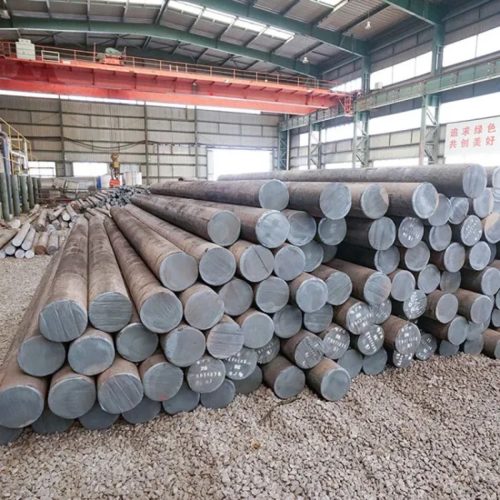
Non-alloy bar billets find application in various industries where the properties of pure metal, without intentional alloying additions, are suitable for specific purposes. Some common applications of non-alloy bar billets include:
Construction: Non-alloy bar billets are used in the construction industry for manufacturing reinforcing bars (rebars), which provide tensile strength and reinforcement in concrete structures. These billets are often made of non-alloyed steel, such as carbon steel, and are crucial for structural stability in buildings, bridges, and infrastructure projects.
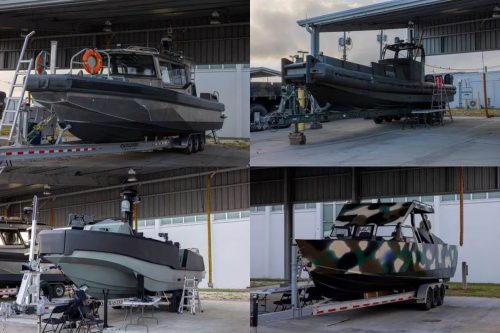
It’s important to note that the specific application of non-alloy bar billets can vary depending on the type of metal used and the requirements of the industry. The inherent properties of non-alloyed metals make them suitable for applications where alloying elements are not necessary or where the simplicity and cost-effectiveness of pure metals are desired.
Stavian‘s comparison study is shown above. Overall, billet alloys are adaptable materials with a combination of strength, durability, and customizable qualities that make them suitable for a wide range of industrial applications. Non-alloy billets, on the other hand, are solid blocks or bars of metal manufactured from a single metallic element with no intentional alloying additives. They are used in a variety of industries where the inherent qualities of the base metal are appropriate for the intended purposes.
Address
Website: https://stavianmetal.com
Email: info@stavianmetal.com
